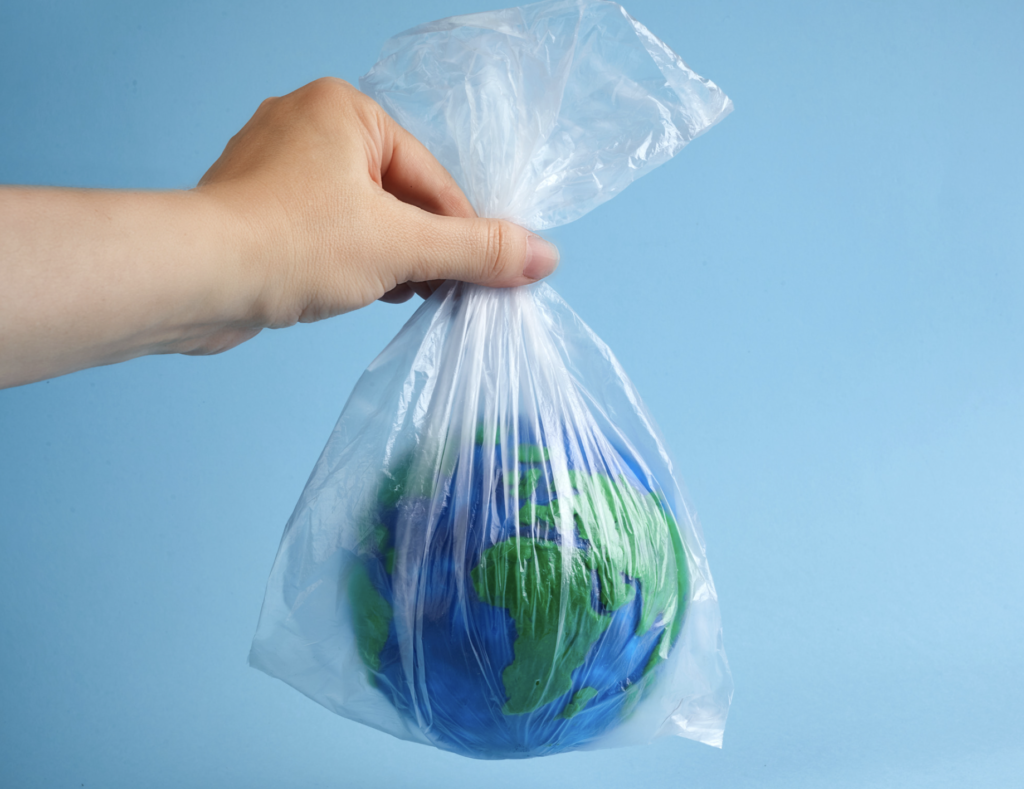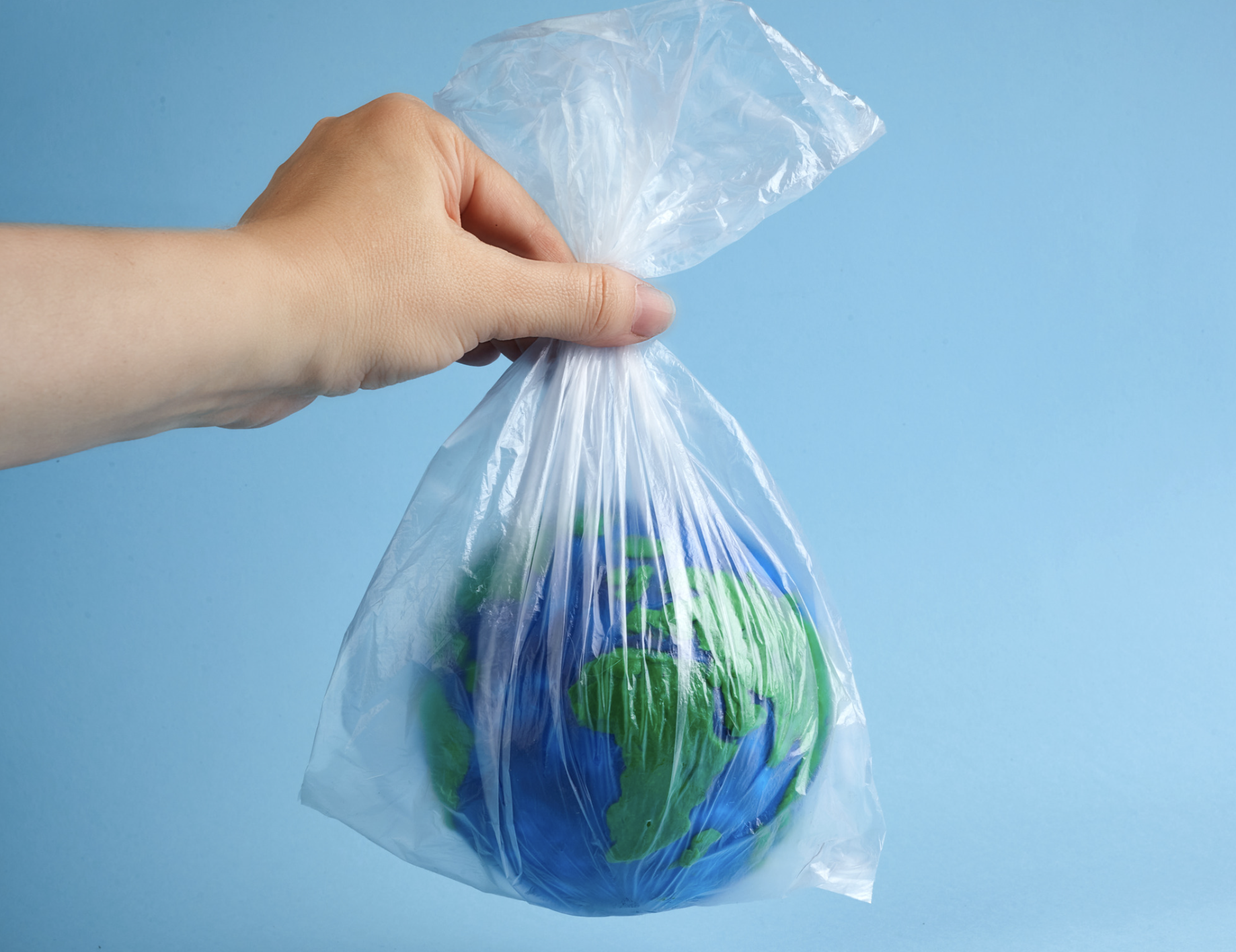
Excessive use of plastic and the resulting pollution have become omnipresent issues in our daily lives.
Yet, too many of us still minimize their impact or fail to imagine their real repercussions on a global scale.
In this article, we revisit the widespread use of a highly polluting material and the efforts being made to limit its use, as well as possible alternatives to reduce pollution.
Plastic: Where do we find it in our daily lives?
Since its democratization, the use of plastic has spread to a dizzying number of sectors.
It is found in the automotive industry, but also in textiles and construction. In other words, plastic has fully integrated into our habits and lives. But if there is one field where it is overrepresented, it is packaging.
According to the National Geographic website:
“Today, the main market for plastic is packaging. This segment now represents nearly half of all plastic waste produced worldwide, most of which is never recycled or incinerated.”
Knowing that a plastic bottle can take more than 450 years to decompose and that every minute, around the world, no less than one million plastic bottles are sold (an estimate from 2017)… we would rather not calculate how many centuries it will take to eliminate this staggering quantity.
Another reason to pay particular attention to our packaging choices… and to favor paper!
Our oceans, the biggest losers from plastic use
Plastic waste is already visible in daily life. It can be found along roadsides, in wooded areas, or on the sidewalks we walk on every day. But significant amounts are abandoned in nature and are “invisible.” Yet, this plastic pollution ends up in the oceans.
A new continent of pollutants
According to National Geographic, no less than “5000 billion pieces of plastic are already floating in our oceans.”
While a large part sinks to the ocean floor (which is not good news either), the rest floats on the surface, eventually converging into a colossal concentration due to ocean currents.
Called the “Great Pacific Garbage Patch” or the “7th Continent,” these unwanted waste accumulations decompose slowly, releasing particles of various sizes into the water.
The impact of plastic and its pollution on flora and fauna
The consequences of these vortexes of waste do not stop there and the entire marine life is impacted.
Indeed, over time, debris releases plastic particles of different sizes. From micro to macroplastics, these residues disrupt our entire ecosystem. For example, microplastics (particles less than 0.5 centimeters) are mistaken for plankton and ingested instead, posing suffocation risks for animals that consume them.
However, we do not need to wait for plastic to be reduced to a tiny size for it to cause problems. Social media is filled with videos showing turtles, marine mammals, and birds struggling with plastic waste that directly threatens their survival.
Legislative decisions to reduce plastic pollution
The European Union and current regulations
Aware of the stakes, actions have been adopted to gradually reduce single-use plastic, notably with a European directive adopted in June 2019 aimed at eliminating several plastic products from our daily lives. Since its implementation in 2021, we have noticed a significant reduction in certain products, such as plastic straws.
But there is still much to be done. That is why other actions are planned, such as the “Green Pact” for 2030. This text aims to ban single-use plastic containers in cafes and restaurants and make recyclable packaging mandatory within the EU.
Plastic in your packaging: a future disappearance?
That is the goal! Currently, many companies are adopting sustainable packaging and more environmentally friendly business practices. Not only to reduce their plastic pollution but also because, one day soon, they will have no choice.
So don’t wait until 2030; adopt a greener approach to your packaging today with experts like Semoulin Packaging.
Having always worked in paper packaging, the company’s technicians specialize in transitioning their clients to paper to meet the growing demand to significantly reduce single-use plastic.

